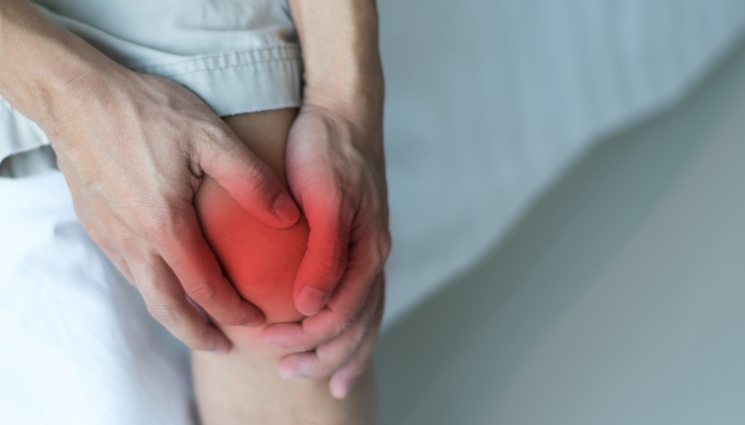
What is it?
Osgood Schlatter Disease (OSD) is a common anterior knee complaint mainly in overactive adolescents between the age of 10 and 15. Those with OSD commonly have pain at the front of their knee which worsens with activity. It can be attributed to the repeated traction over the tubercle leading to microvascular tears, fractures, and inflammation; which then presents as swelling, pain, and tenderness.
Signs and symptoms
- Gradual onset of anterior knee pain
- Tenderness below the knee cap
- Insidious onset
- Localised swelling/increase in size of the bony prominence
- Exacerbated by sport particularly those involving running and jumping
Risk Factors
- Male
- 10-15 years old
- Highly active (multiple sports)
- Patello-femoral alignment
- Growth spurts
- Increased BMI
- Tightness of the surrounding muscles.
Aetiology
The cause for OSD is not fully understood however there are some theories which are possible for its presentation. One thought is that it is as a result of repetitive friction of the patella tendon with the tibial tuberosity (part of the shin bone) resulting in pain and swelling with a subsequent calcified lump. Another theory is that it is more from pain and swelling of the patellar tendon and surrounding structures.
How can Physiotherapy help?
- Current practice guidelines do not recommend any invasive treatment such as injection therapy or surgery, therefore physiotherapy is likely to be your best option for managing OSD.
- Educating/advising on best course of management.
- Activity modification - Identifying activities which are harmful and modifying or temporarily stopping them.
- Treating the risk factors - Additionally, physiotherapy will also be able to work on the identified modifiable risk factors such as tightness in the surrounding muscles. This may mean some manual therapy work to reduce tightness in the quadriceps, hamstrings and calf muscles.
- Shockwave therapy (alongside exercise)
- Rehab plan - A rehab plan will also help to independently working on muscle tightness and strengthening of these muscles increasing the capacity of the knee which will help ease the symptoms of OSD and prevent worsening of the condition.
- To get a head start and for possible pain reduction, try performing a wall sit originally for 20-30 seconds for 3-4 reps 2-3 times per day.

